Change Management Strategies in Organizations

Change Management Strategies in Organizations: A Guide for Middle-Aged Professionals
As a middle-aged professional, you’ve likely experienced organizational changes firsthand. Whether it’s a shift in leadership, a new technology implementation, or a restructuring of roles, change can be both challenging and transformative. This article will explore practical change management strategies that can help you navigate these transitions effectively, both personally and professionally.
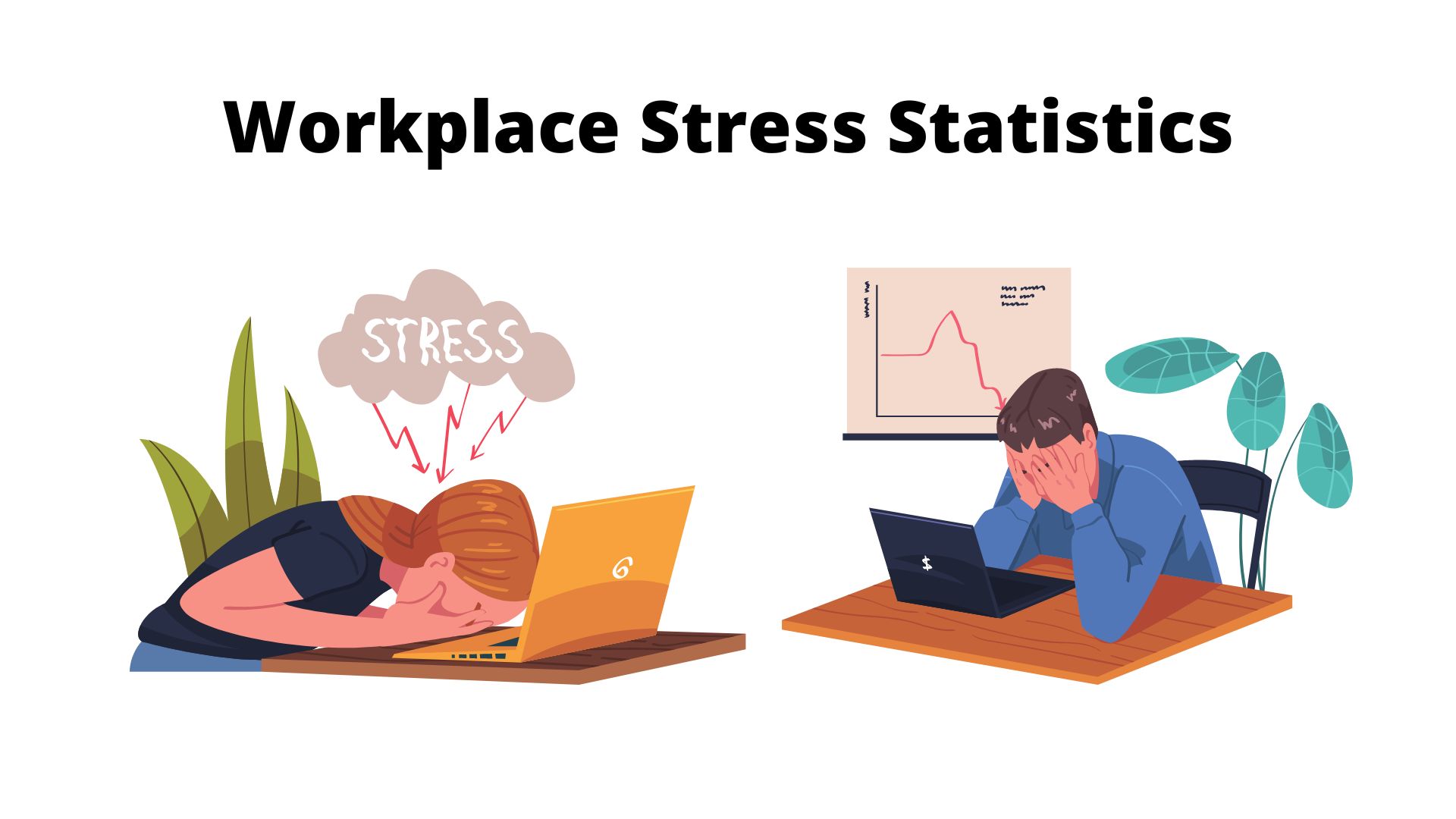
Introduction to Change Management
Change management is the systematic approach to dealing with change, both from the perspective of an organization and the individual. It involves a structured process to ensure that changes are implemented smoothly and that they achieve lasting results. Effective change management is crucial for maintaining organizational stability and promoting growth during periods of transition.

Why Change Management Matters
In today’s fast-paced business environment, organizations must adapt quickly to stay competitive. Change can arise from various sources, including technological advancements, market shifts, or internal restructuring. Middle-aged professionals, who often hold key roles in organizations, are pivotal in facilitating these changes. Understanding and implementing effective change management strategies can help you:
-
Lead Change Initiatives: By being proactive and strategic, you can champion change within your organization, ensuring that transitions are smooth and productive.
-
Enhance Career Resilience: In an ever-changing work environment, being adaptable and skilled in managing change can significantly enhance your career resilience.
-
Improve Organizational Culture: Change management can foster a culture of innovation and continuous improvement, leading to a more dynamic and responsive organization.

Key Change Management Strategies
Here are some practical strategies to help you manage change effectively:

1. Define a Clear Vision and Goals
A well-defined vision and set of goals are essential for any change initiative. This clarity helps align stakeholders and ensures everyone is working towards the same objectives. When developing your vision:
-
Explain the Purpose: Clearly articulate why the change is necessary and how it aligns with the organization’s mission.
-
Set Measurable Objectives: Define specific, measurable goals that can be tracked and evaluated.
-
Communicate the Vision: Share the vision widely, using multiple communication channels to ensure all stakeholders are informed and engaged .4 .6.

2. Communicate Openly and Transparently
Effective communication is the backbone of successful change management. It helps build trust and reduces resistance by keeping everyone informed about the change process.
-
Use Multiple Channels: Utilize team meetings, email updates, and visual dashboards to communicate progress and goals.
-
Be Honest and Approachable: Leaders should be open to questions and concerns, fostering a culture of transparency and trust .2 .4.

3. Build Trust Through Honesty
Trust is crucial for overcoming resistance to change. Employees are more likely to embrace change when they feel valued and supported by leadership.
-
Address Concerns Directly: Leaders should be proactive in addressing employee concerns and providing support.
-
Encourage Feedback: Regularly solicit feedback to ensure that employees feel heard and involved in the change process .2 .5.
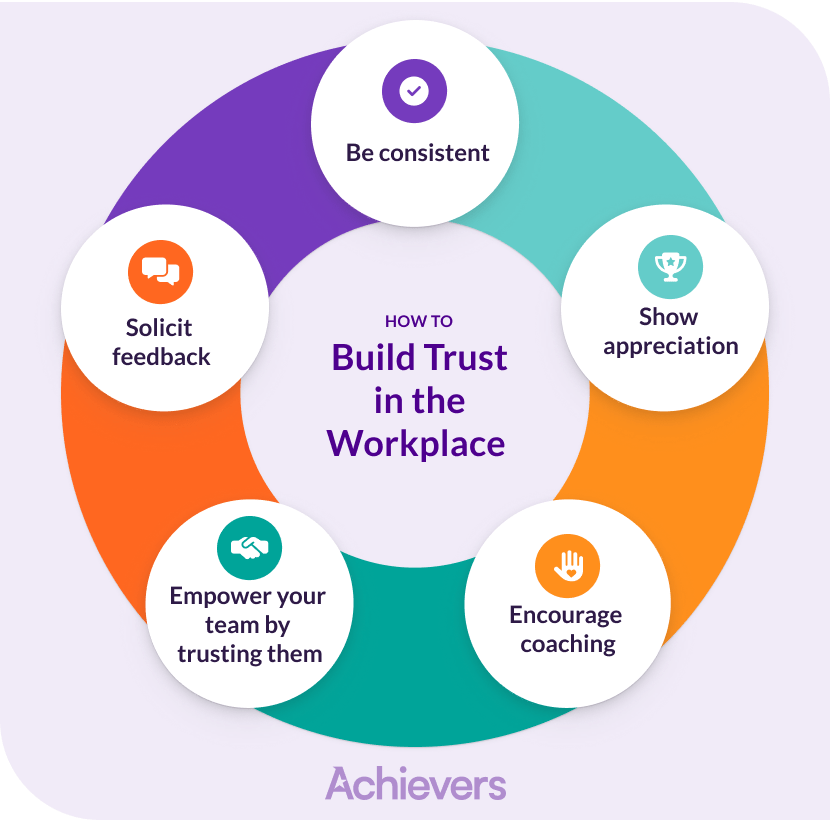
4. Create a Structured Roadmap
A structured roadmap provides a clear visual representation of the change process, helping teams stay focused and aligned.
-
Break Down the Process: Divide the change into manageable phases with specific timelines and deliverables.
-
Use Project Management Tools: Utilize tools to track progress and maintain visibility throughout the process .2 .5.
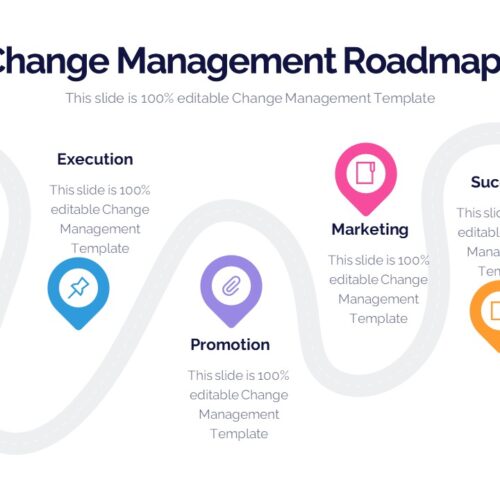
5. Provide Training and Resources
Adapting to new systems or processes requires adequate training and resources. Comprehensive training programs help bridge skill gaps and ensure employees are equipped to perform their roles effectively.
-
Tailor Training Programs: Offer a mix of online tutorials, workshops, and on-site training to cater to different learning styles.
-
Provide Ongoing Support: Ensure that resources are available for continuous learning and support .2 .4.

6. Encourage Team Participation
Active participation fosters a sense of ownership among employees, reducing resistance and increasing commitment to the change initiative.
-
Involve Employees in Planning: Engage employees through brainstorming sessions and feedback opportunities.
-
Recognize Contributions: Acknowledge and reward employee contributions to reinforce their involvement .2 .5.

7. Set Realistic Timelines
Timelines should balance urgency with practicality. Overly aggressive deadlines can overwhelm teams, while excessively long timelines risk losing focus and momentum.
-
Break Down the Process: Divide the change into smaller, manageable phases with measurable milestones.
-
Celebrate Progress: Recognize achievements along the way to maintain motivation and reinforce commitment to the change .2 .5.
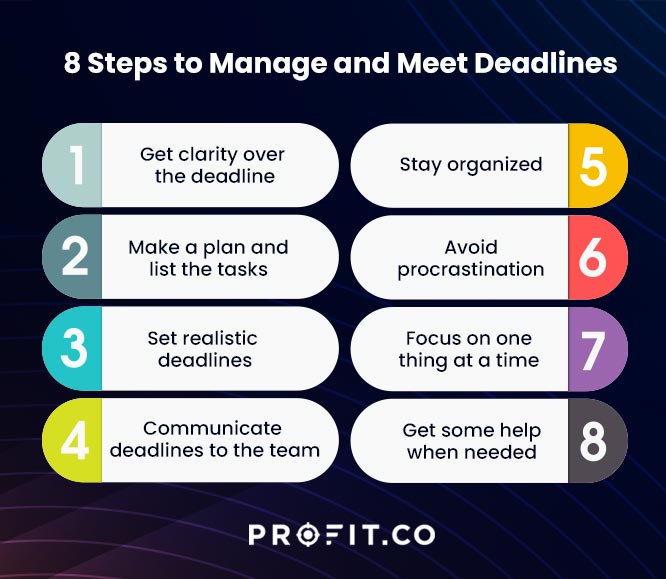
8. Monitor Progress and Measure Success
Tracking progress is essential for identifying strengths and addressing gaps during the change process.
-
Use Key Metrics: Monitor metrics such as employee adoption rates, efficiency improvements, or cost reductions.
-
Refine Strategies: Regularly analyze these metrics to refine strategies and maintain alignment with organizational goals .2 .5.
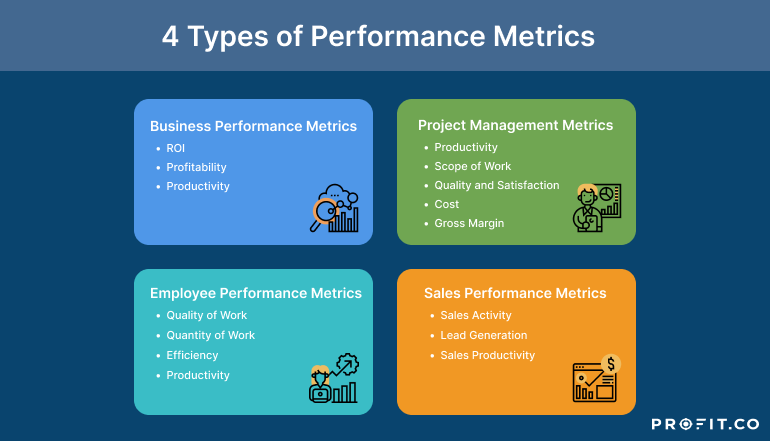
9. Adapt Plans Based on Feedback
Flexibility is critical for maintaining alignment during the change process. Gathering feedback from employees and stakeholders provides actionable insights into what’s working and where improvements are needed.
-
Incorporate Feedback: Use feedback to adjust the plan and demonstrate a commitment to continuous improvement.
-
Build Trust: Iterative adjustments build trust and collaboration across teams .2 .5.

Overcoming Common Challenges
Change management often encounters several challenges, including:
-
Resistance to Change: Employees may resist change due to fear of the unknown or perceived negative impacts on their roles.
-
Incorrect Planning: Poor planning can lead to confusion and delays.
-
Insufficient Resources: Lack of adequate resources can hinder the success of change initiatives .5 .6.
To overcome these challenges:







